How Assassins Tracked Kasipul MP Charles Were Before Nairobi Shooting
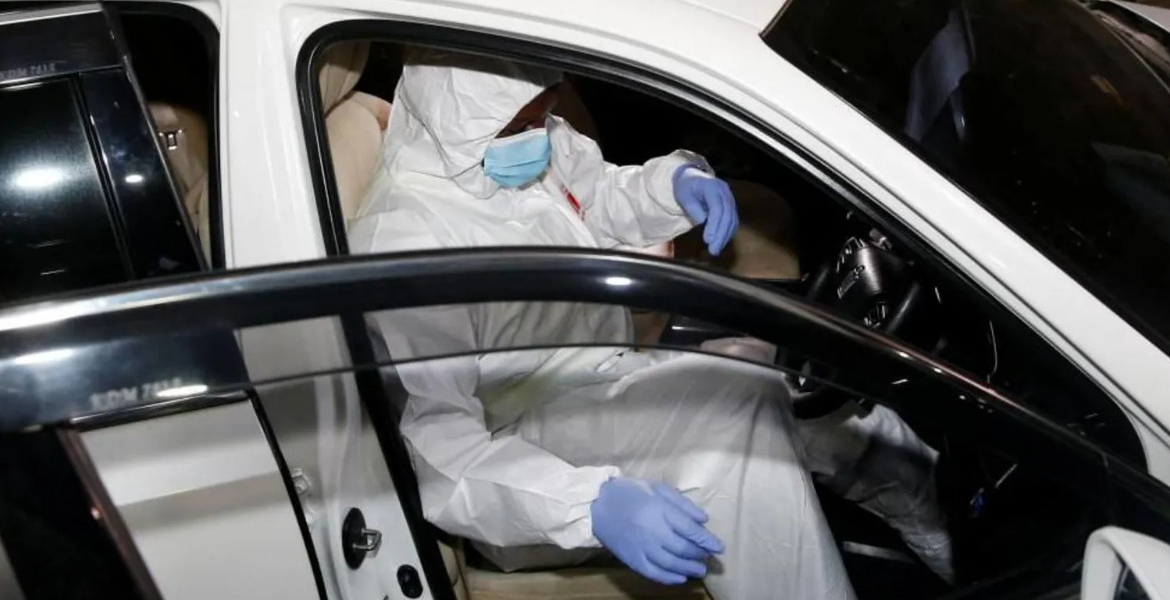
Kasipul Member of Parliament Charles Ong’ondo Were was assassinated on Wednesday night at the Nairobi Funeral Home roundabout, prompting an intensive investigation by the Directorate of Criminal Investigations (DCI).
The assassination occurred at approximately 7:40 p.m. as Mr. Were’s vehicle slowed down due to heavy traffic at the Nairobi Funeral Home roundabout. An assailant, who had been trailing the MP on a high-performance motorcycle, dismounted and approached the front passenger side of the car, where Were was seated. The attacker fired four shots at close range, shattering the window and hitting the MP in the hand and chest.
The assailant then fled, rejoining the motorcycle, which sped off towards the city centre. Were was rushed to Nairobi Hospital but was pronounced dead on arrival. The DCI is conducting a comprehensive investigation, focusing on surveillance footage, witness statements, and forensic evidence to identify the perpetrators and determine their motive. Preliminary findings suggest that the attack was a carefully orchestrated execution, with the suspects tracking Were’s movements for days.
Investigators have retrieved footage from various locations, indicating that the suspects conducted extensive reconnaissance on their target. They possessed detailed knowledge of Were’s vehicle, seating arrangement, and possibly even his last-minute decisions, suggesting intimate familiarity with his routines. Sources within the police force reveal that Were had recently acquired the white Toyota Crown he was driving on the evening of his murder, a detail that the killers were seemingly aware of, reinforcing the surveillance theory.
CCTV footage from a shop on Wabera Street, where Were’s bodyguard deposited KSh 20,000 into the MP’s mobile account shortly before the attack, has been submitted to investigators, along with witness statements from the attendant and the MP’s close associates. Homicide detectives arrived at the crime scene on Thursday morning, reconstructing the events leading to the murder. Three spent cartridges were recovered and are undergoing ballistic analysis.
Authorities are also examining CCTV footage from across the city to track the killers’ movements and identify the make, model, and registration number of the motorcycle used in the attack. The investigation has extended beyond Nairobi, with investigators delving into Mr. Were’s political engagements in Kasipul Constituency. Police are exploring the possibility of political rivalry as a potential motive, seeking to determine whether the assassination was linked to conflicts within his electoral turf.
The assassination of Were occurs amidst a backdrop of heightened political tensions and growing concerns over assassinations targeting legislators. While MPs are entitled to a bodyguard, many opt to move independently, determining their own security arrangements. High-ranking parliamentary leaders, however, enjoy additional security personnel and official government vehicles.
Witnesses described the attack as swift and well-orchestrated, leaving little time for Were’s bodyguard or driver to react. The bodyguard, caught off guard, took cover before attempting to give chase, but the assassins had already disappeared. The assassination of Were has sent shockwaves through Kenya’s political establishment, with many legislators expressing outrage and calling for swift justice.
The government has vowed to bring the perpetrators to justice and has assured the public that no stone will be left unturned in the investigation. However, the assassination has raised concerns about the safety of leaders and the extent of political manoeuvring that may be fueling such attacks.

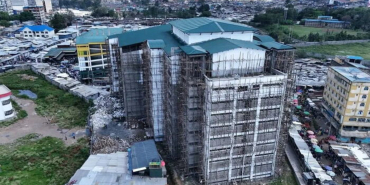
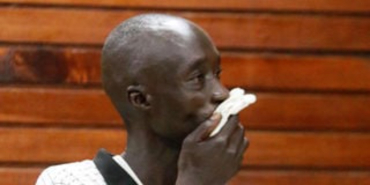
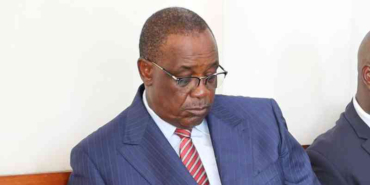

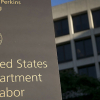

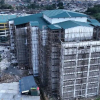
Add new comment